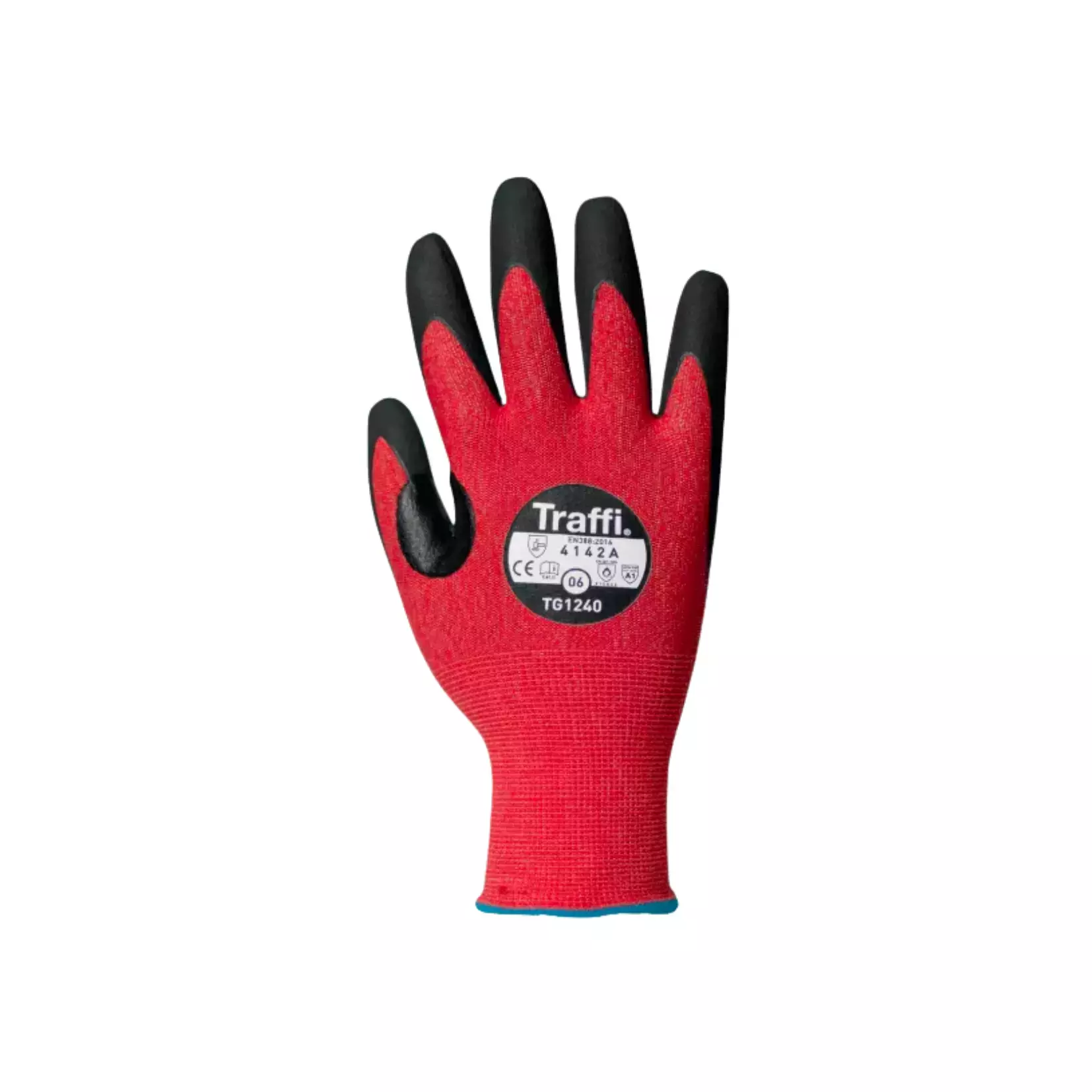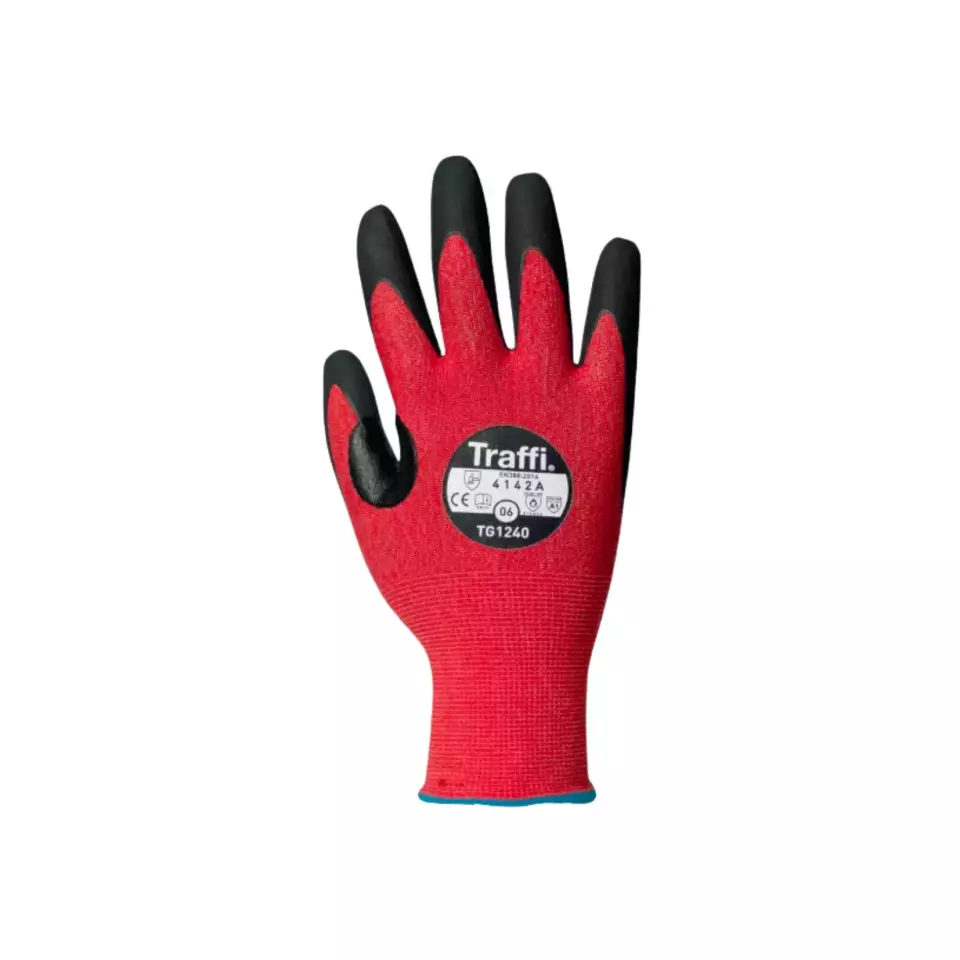
Features You'll Love

Cuff Style · Knit
Determines how the glove secures around the wrist, affecting fit, comfort, and protection coverage at the wrist area.

EN 388 · Abrasion Resistance Level 4, Tear Resistance Level 4, Puncture Resistance Level 2
Offers the highest level of protection against intense rubbing and wear from rough materials.
Offers the highest level of protection against tearing, withstanding a strong force before ripping.
Withstands moderate force from sharp objects like heavy-duty splinters or wires.
Traffi
MICRODEX LXT Nitrile Cut Level A Safety Glove, 10 pairs
MICRODEX LXT Nitrile Cut Level A Safety Glove, 10 pairs
4.8 / 5
66,07 €
Price per 10 pairs
6,61 € / pair
Choose size
Free delivery
Features You'll Love

Cuff Style · Knit
Determines how the glove secures around the wrist, affecting fit, comfort, and protection coverage at the wrist area.

EN 388 · Abrasion Resistance Level 4, Tear Resistance Level 4, Puncture Resistance Level 2
Offers the highest level of protection against intense rubbing and wear from rough materials.
Offers the highest level of protection against tearing, withstanding a strong force before ripping.
Withstands moderate force from sharp objects like heavy-duty splinters or wires.
Product description
The product description has not been specified